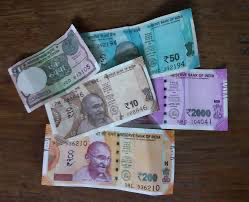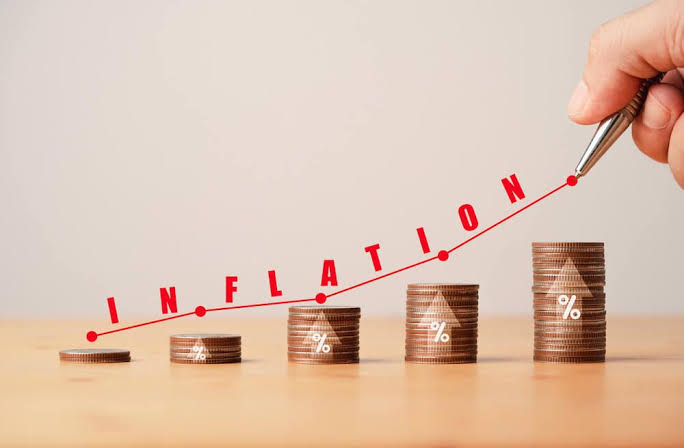Introduction
Global interest rates significantly influence emerging economies like India, affecting everything from capital flows to currency valuation. As central banks worldwide adjust rates to address inflation or economic growth, India’s economy experiences ripple effects on its trade, investment, and monetary policy. This article examines how changes in global interest rates impact India and its responses to mitigate these effects.

How Global Interest Rates Influence India
- Capital Flows and Foreign Investments
- Rising global interest rates, particularly in advanced economies like the US, often lead to capital outflows from India. Investors seek higher returns in developed markets, resulting in reduced foreign portfolio investment (FPI) inflows into India.
- Conversely, lower global rates encourage foreign investors to explore high-yielding emerging markets like India.
- Exchange Rate Volatility
- Higher global rates strengthen currencies like the US dollar, putting pressure on the Indian rupee. This can increase the cost of imports, particularly crude oil, and widen the trade deficit.
- A depreciating rupee also benefits exporters, making Indian goods more competitive globally.
- Impact on Domestic Interest Rates
- Changes in global rates influence the Reserve Bank of India’s (RBI) monetary policy decisions. For instance, if global rates rise, the RBI may increase domestic rates to prevent excessive capital outflows and stabilize the rupee.
- Debt Servicing Costs
- India’s external debt, particularly dollar-denominated borrowings, becomes costlier to service when global interest rates rise, increasing fiscal strain.
- Impact on Inflation and Growth
- Higher global rates can lead to imported inflation, especially if the rupee depreciates. This impacts consumer spending and slows economic growth.
Recent Trends in Global Interest Rates and Their Effects on India
- US Federal Reserve Rate Hikes:
- The Fed’s aggressive rate hikes in 2023-24 led to significant FPI outflows and a weakening rupee, compelling the RBI to intervene in the forex market.
- European Central Bank (ECB) and Other Banks:
- Rising rates in Europe also diverted funds from Indian markets, particularly in bonds and equities.
- Emerging Market Competition:
- Countries like Brazil and Mexico, offering higher yields, became more attractive to global investors, posing challenges for India.
India’s Response to Global Interest Rate Changes
- RBI’s Monetary Policy Adjustments:
- The RBI raised repo rates in response to global rate hikes, maintaining the interest rate differential to ensure capital inflows and curb inflation.
- Forex Market Interventions:
- The RBI actively managed the rupee’s volatility by selling dollars and using its forex reserves, which stood robust at around $580 billion in 2024.
- Encouraging Long-Term Investments:
- India focused on attracting foreign direct investment (FDI) in key sectors like manufacturing and renewable energy to reduce reliance on volatile portfolio inflows.
- Diversifying Trade Partners:
- Efforts to reduce dependence on dollar-denominated trade by promoting rupee-based trade settlements gained momentum.
Future Outlook
- Global Rate Normalization:
- If global rates stabilize, India is likely to see renewed foreign investments, boosting growth prospects.
- A gradual approach to rate hikes by major economies can provide a stable environment for the rupee and domestic markets.
- Strengthening Domestic Fundamentals:
- India’s focus on boosting exports, reducing the fiscal deficit, and enhancing economic resilience will mitigate the adverse effects of future global rate changes.
- Collaboration with Global Institutions:
- Participation in global forums like G20 to address macroeconomic challenges and ensure coordinated monetary policies.
Conclusion
Global interest rate dynamics significantly affect India’s economy, influencing investments, trade, and monetary policies. While challenges like capital outflows and currency depreciation persist, India’s proactive measures and focus on economic fundamentals provide a buffer. In an interconnected world, navigating global rate changes effectively will remain critical for India’s sustained growth.

